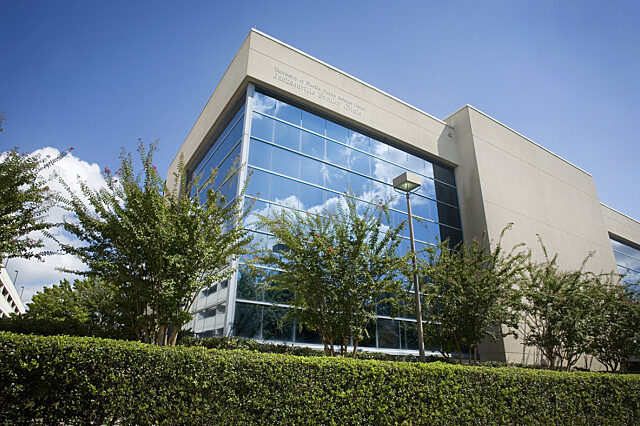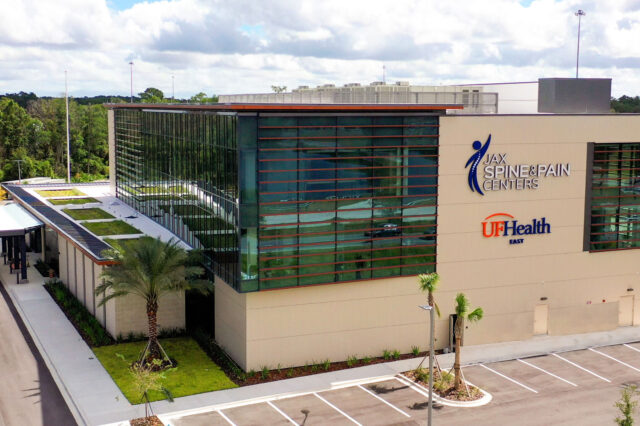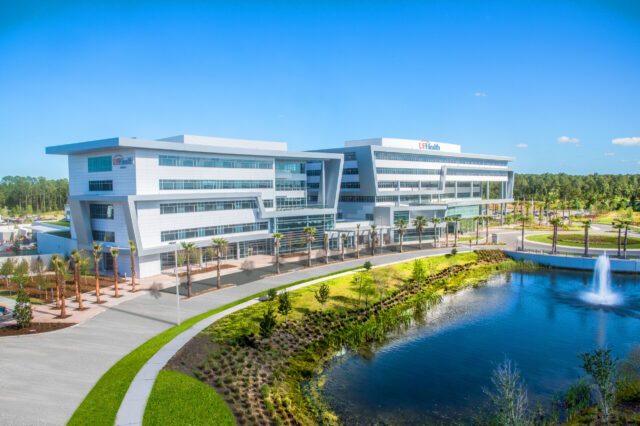When you look in the mirror, do you like what you see? Although your image should be a reflection of your natural beauty within, many of us see things we would like to improve about our appearance. Perhaps you would like to change an imperfection you were born with or erase the signs of aging, or you may need to undergo reconstruction due to trauma. Whatever the reason, we are here to help and will work with you to determine the best solution to achieve your desired outcome.
The surgeons at UF Health Plastic and Reconstructive Surgery in Jacksonville understand that the decision to have cosmetic surgery is a very personal one that should be approached with sincerity and with great importance. Enhancing your appearance can improve your quality of life and self image, which is why our specialists are committed to providing compassionate, individualized care to meet your expectations.
Our surgeons are highly specialized experts in the field of cosmetic surgery, so you can confidently and comfortably trust them to deliver the best possible surgical result. They also are fellowship-trained faculty at the University of Florida College of Medicine – Jacksonville, affiliated with UF Health Jacksonville, and share their expertise by training physicians from all over the country.
Utilizing state-of-the-art technology, UF surgeons use the latest surgical and nonsurgical techniques to significantly improve outcomes and recovery time for patients.






